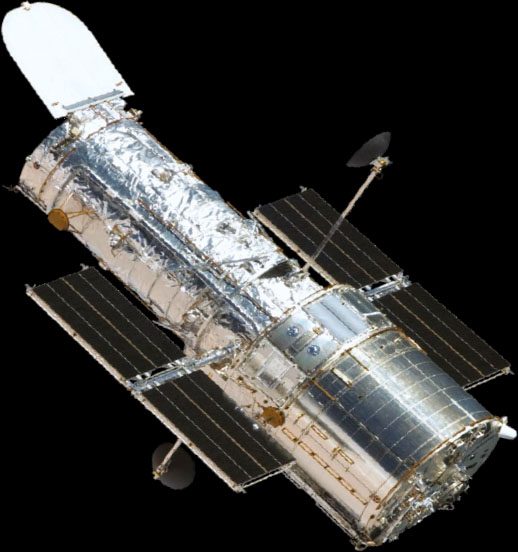Summer: where the days are longer and the nights are shorter and lighter. Many look forward to the warmer weather as spring makes way for the extra hours of daylight. But more often than not the astronomer has turned their attention to the most obvious target in the sky - the Sun. Many find that unless you’re willing to stay up late and wait for our star’s very last rays to leave the sky and plummet the hemisphere into darkness, night-sky astronomy needs to take a back seat until the cooler and longer nights draw back in.
It’s true that summer is a tricky time of year to get the darkest of skies, but that’s not to say that observing its treasures is impossible. Both star-birth nebulae and planetary nebulae - which astronomers like to call faint fuzzies - are well worth pulling out your telescope or scanning the skies with your binoculars for. If you’re out of the way of light pollution and have given your eyes at least 20 minutes to adjust to the darkness, the better the views will be.

NASA/JPL-Caltech